DACHI
Stances
Stances are considered to be the most important element of kihon by the instructors of highest level. A stance must be very strong as it is close to being the foundation.
One’s center of gravity is lowered and stability is improved through stances. It is with the help of a solid stance that an individual is enabled to deliver a technique with maximum power. Without stances, maintaining one’s balance is questionable. Compared to other styles of karate, Shotokan stances are said to be longer and deeper.
These kata are further divided into categories given below.
Outer Tension Stances
One of the features of outer tension stances is the involvement of a slight outward pressure of the knees and thighs. Bending of the knees to a deeper level which thus results in the lowest center of gravity is required in this. It doesn’t go easy on the leg muscles as these stances are very low and its practice requires a lot of energy and is quite exhaustive. This results in a lucrative training of the muscles.
Conjunction with large movements or long and medium range combat techniques is used with stances. These stances are practiced by the hard styles of karate like Shotokan more than the other stances.
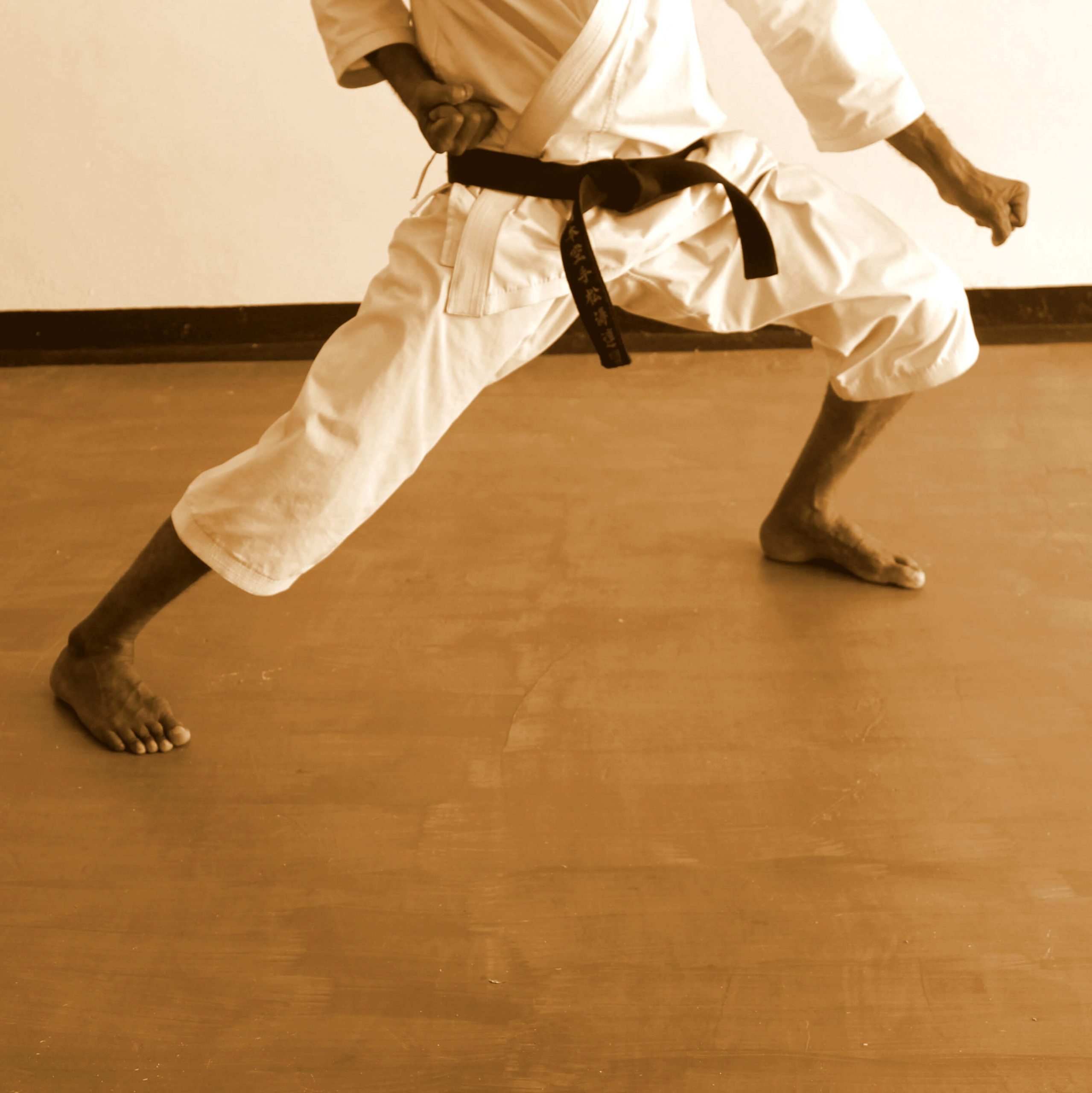
zenkutsu-dachi
(front stance)
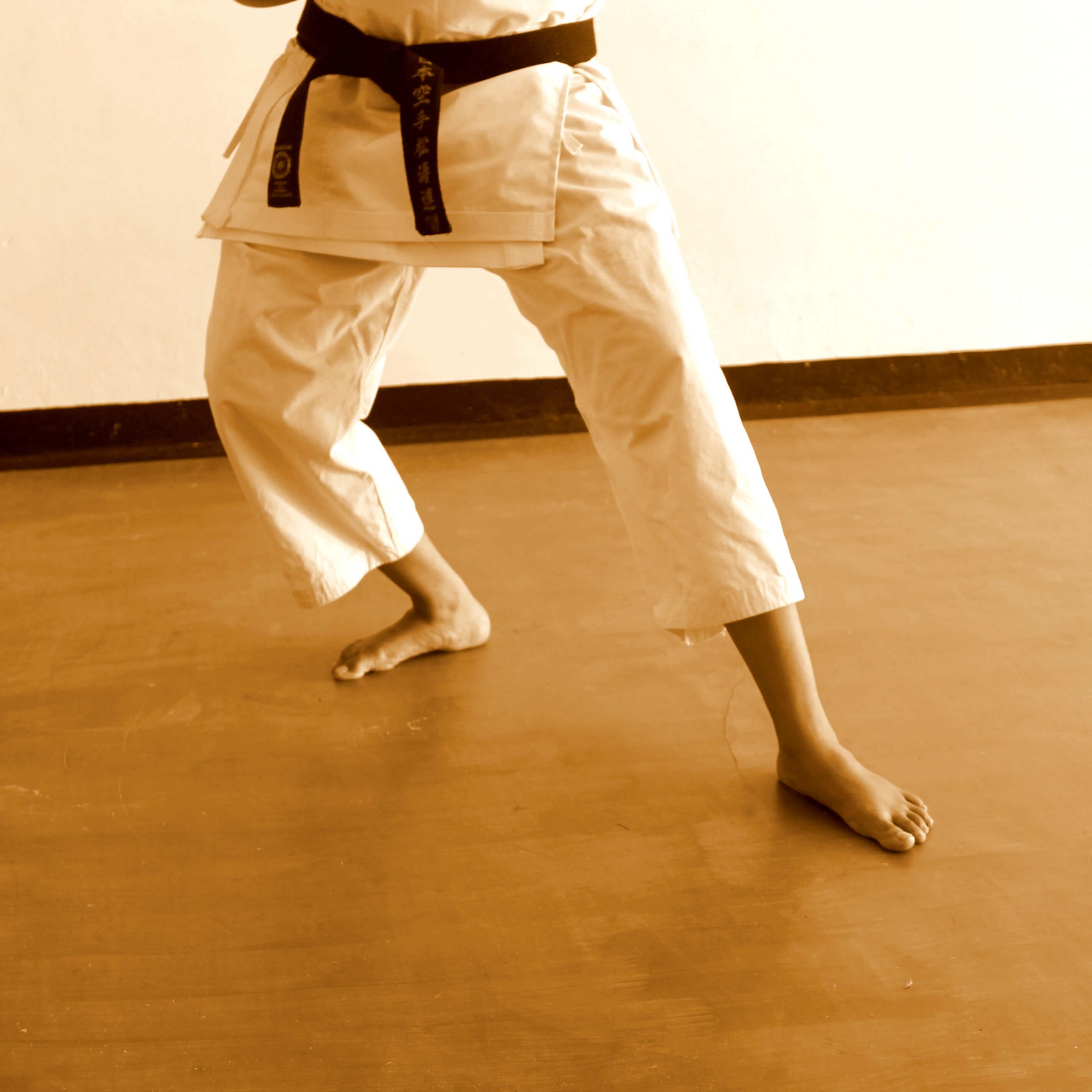
kokutsu-dach
(back stance)
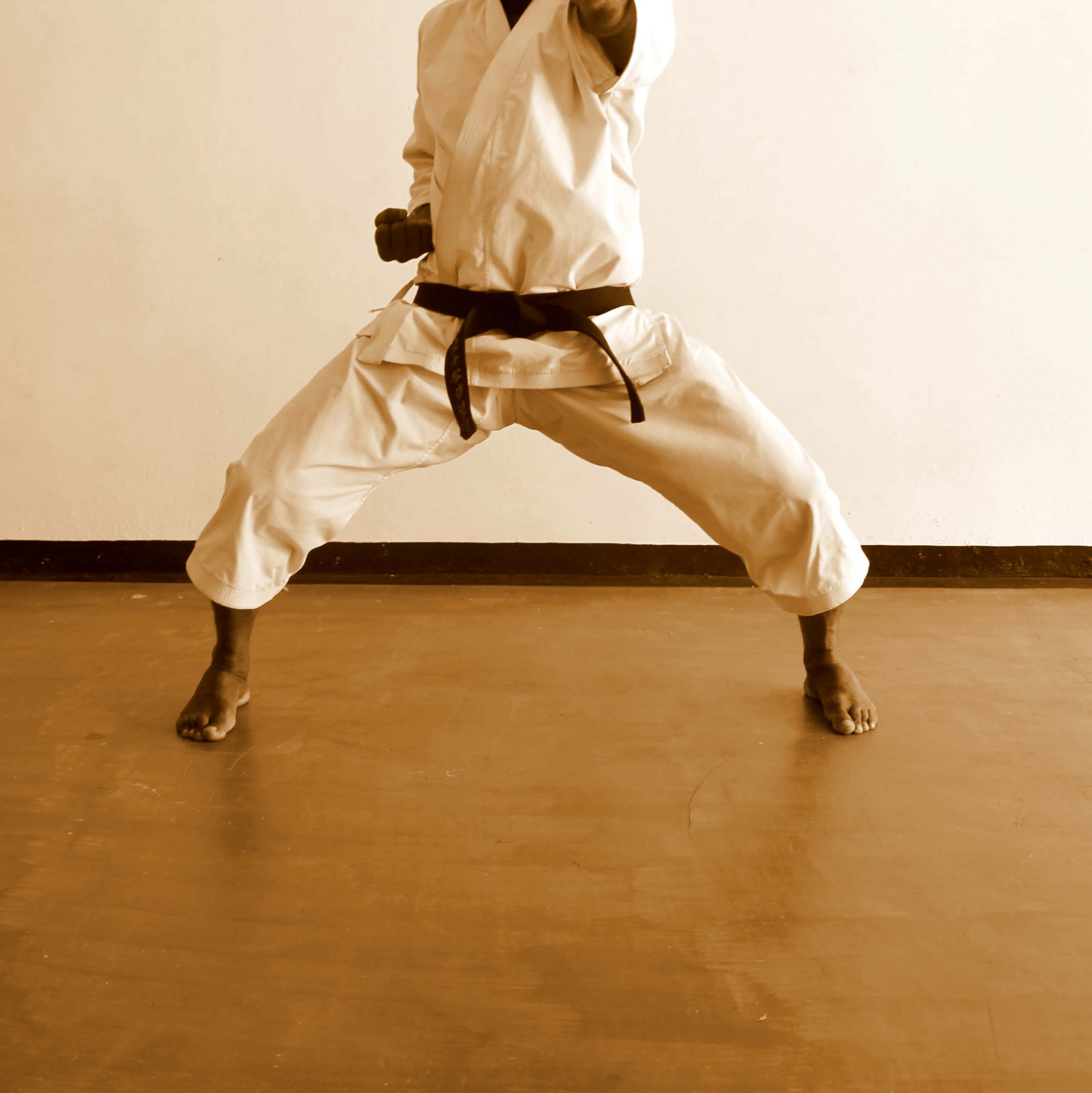
kiba-dachi
horse stance (horse-riding stance)
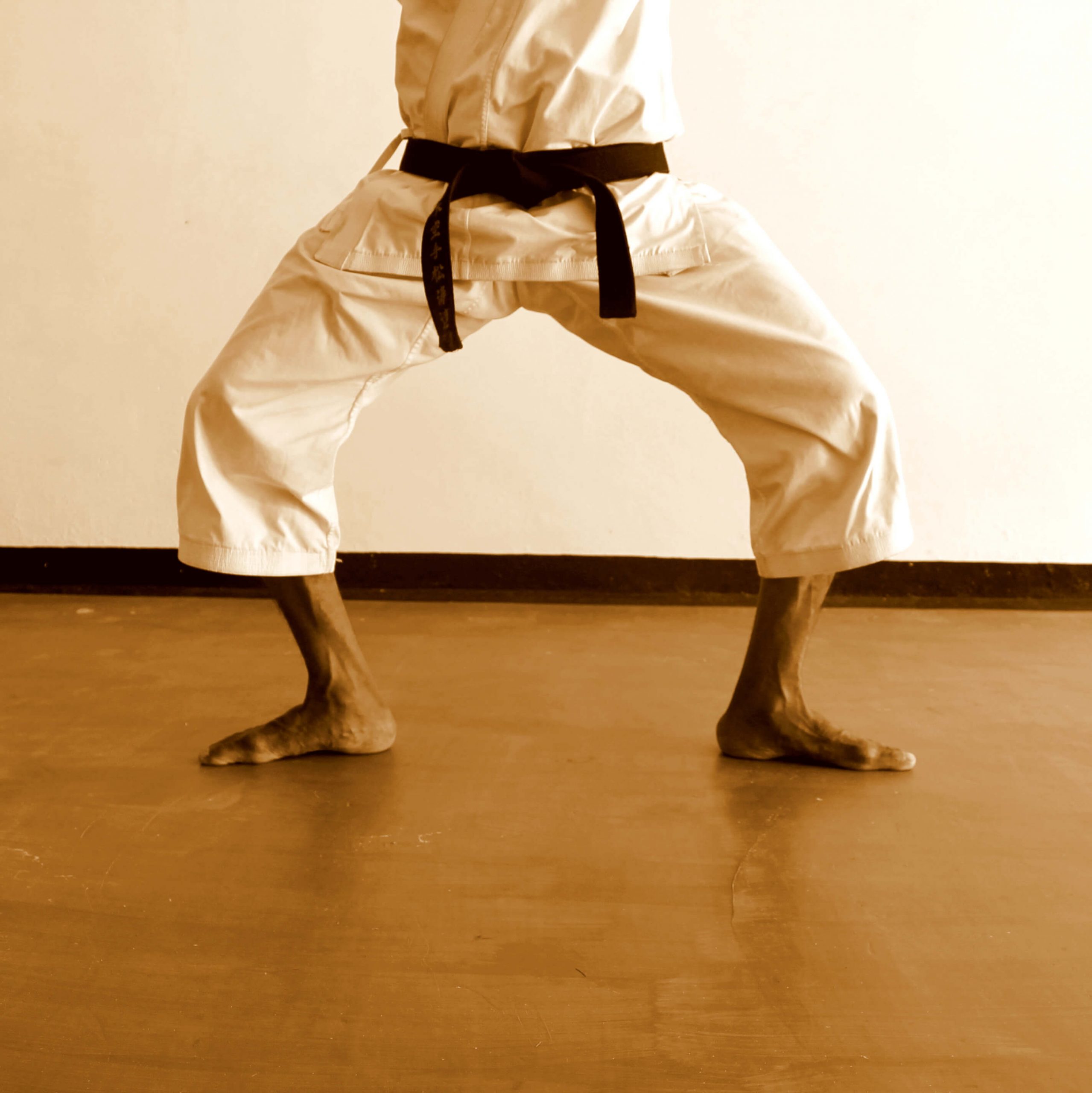
shiko-dachi
(square stance)
Inner Tension Stances
Higher center of gravity and requirement of an inward pressure of knees and thighs are the main features of inner tension stances. It comparatively is not too hard on the legs but also includes an awkward positioning of feet and knees. This makes it difficult for this art to be mastered. The focus of these stances being inward, these are ideally the best way to develop one’s ki, which is known as the inner energy. These stances are often trained by “soft style” practitioners. These inner stances which are considered to be more of advanced stances are used in short range or close combat as they are usually practiced in combination with smaller techniques.
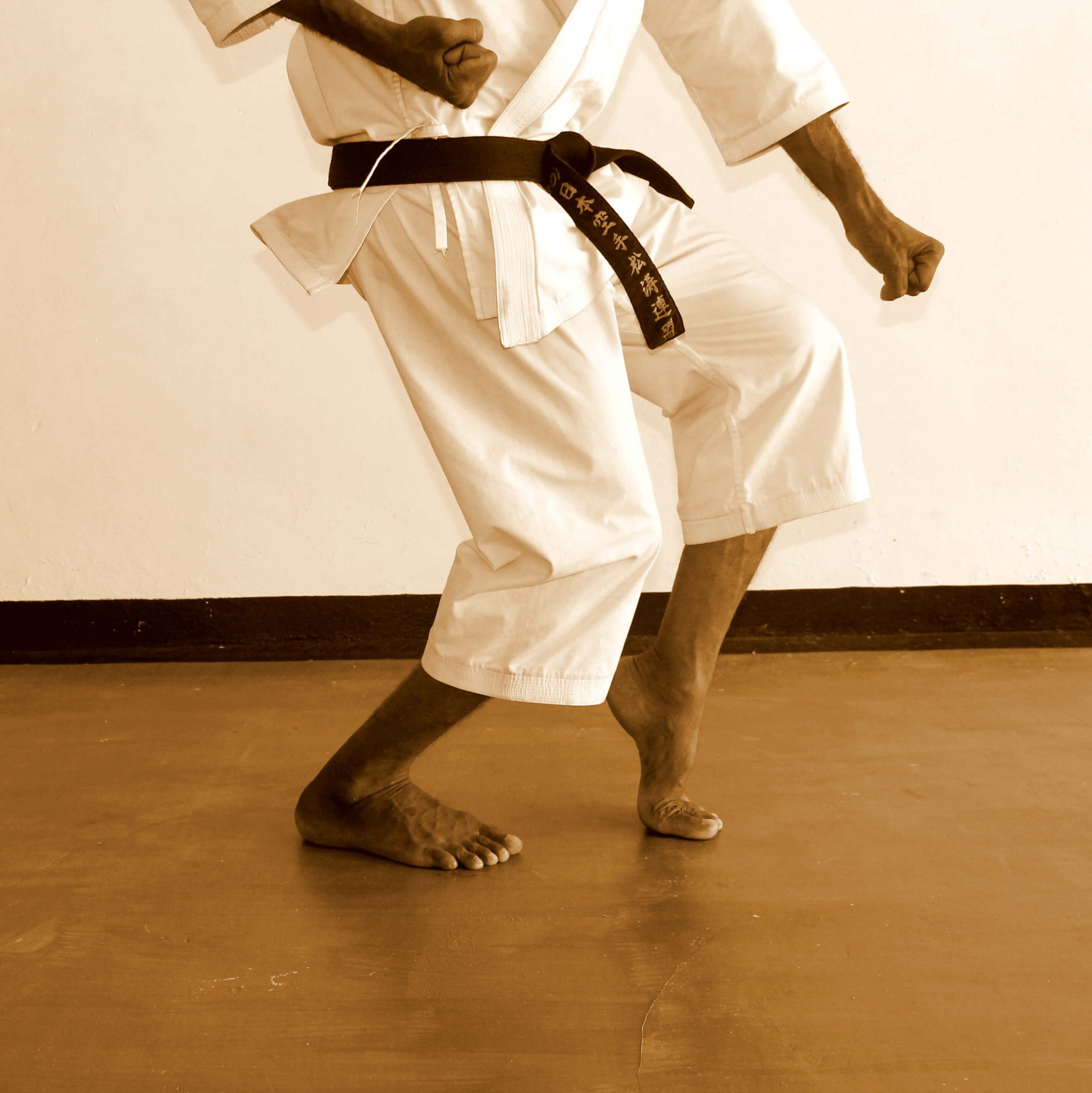
nekoashi-dachi
cat stance (cat-leg stance)
Natural Stances
All the stances performed from natural positions are included in the natural stances or shizen tai (natural body). The center of gravity of the body is maintained in a normal level, which apparently does not require tension in the legs or bending of the knees. These can be learned quite quickly and without much effort. It is while bowing, resting, retreating and joint locking that natural stances are used. This is inevitably a very helpful technique as they can be used if attacked in real as it involves natural position.

musubi-dachi
attention stance (united stance)
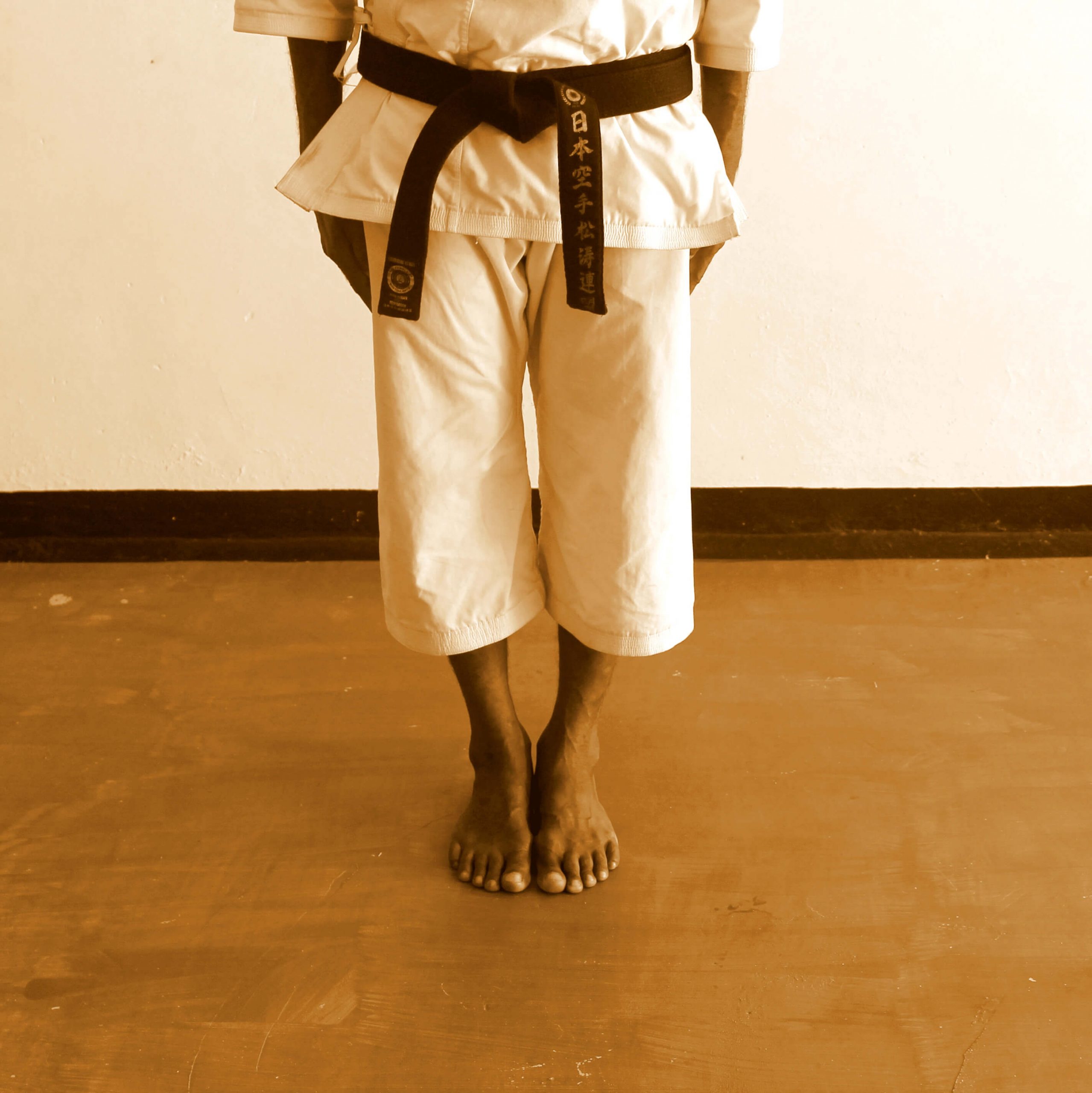
heisoku-dachi
feet together stance (closed feet stance)
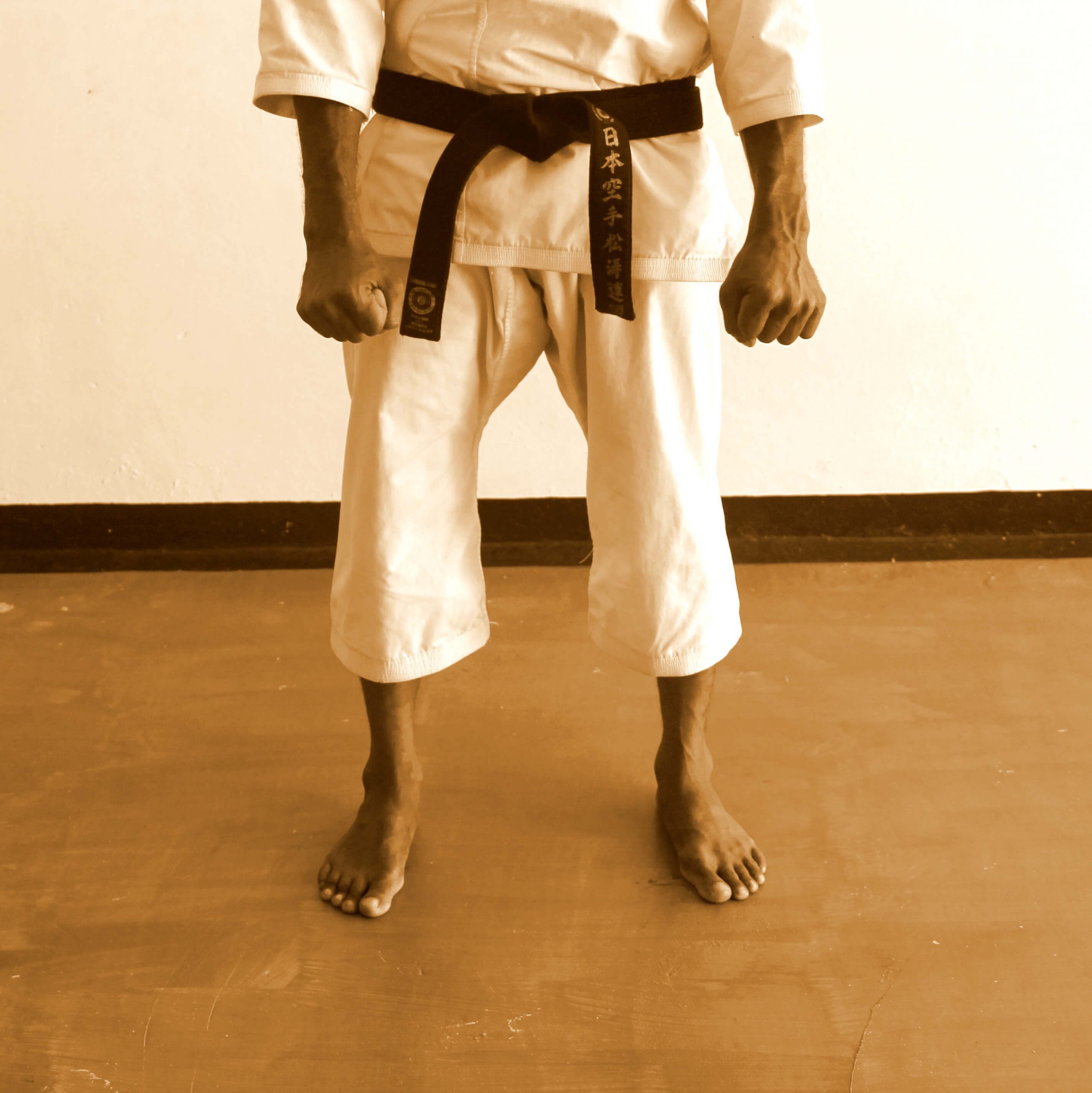
heiko-dachi
parallel stance